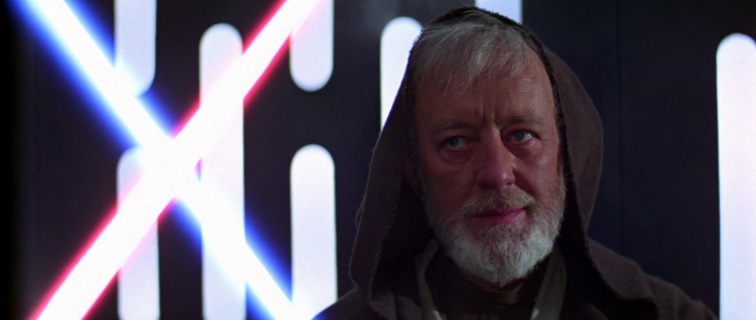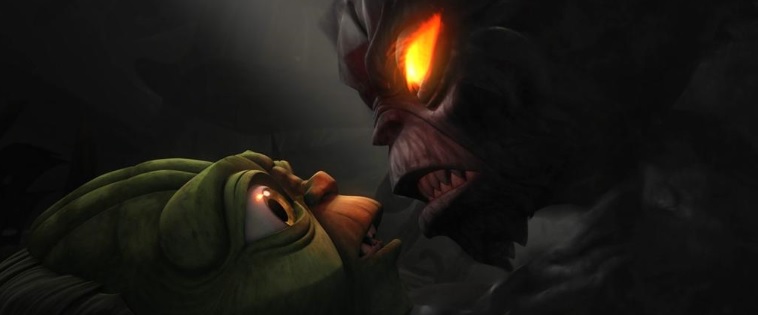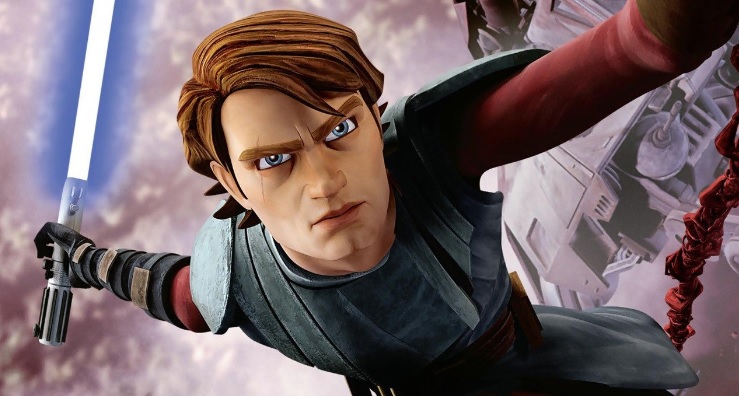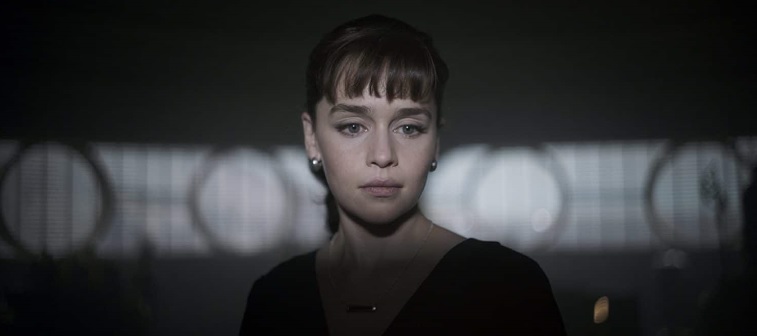
2019 looks like it will be a year of transition for Star Wars. We will see the release of Episode IX, the end of the Skywalker Saga and the only Star Wars film currently known to be in production. The release schedule for future film series remains a mystery, and with Rian Johnson currently working on Knives Out with Daniel Craig, another Star Wars film before late 2021 seems out of the question.
The A Star Wars Story anthology movies appear to have been shelved for the moment, with Bob Iger suggesting a general “slowdown” of releases following Solo’s box office under-performance, which he attributed to poor scheduling and marketing, and trying to do too much too soon. The future of Star Wars at the cinema may be closer to the Lucas model – big events, trilogies and occasional breaks between them. Instead, this year will see a shift toward television. The Mandalorian will debut on the Disney+ platform, and by then the Cassian Andor show will be well into production.
As Lucasfilm’s strategy changes, now seems as good a time as any to celebrate the two anthology films we did get, look at what they achieved, and hope that similar stories can still be told on Disney+. Because to my mind (Star Wars Rebels being in a class of its own), Rogue One and Solo are the best live-action works of the Disney era.




